Guide To The Healthy Uses Of Hydrogen Peroxide
Hydrogen peroxide is a common chemical compound. It is made of a combination of water and hydrogen. When individuals purchase hydrogen peroxide, it tends to be available in several different potencies. For use in households, a three percent dilution is typical. The potency for hair bleaching is usually from six to ten percent. Food-grade hydrogen peroxide comes at a thirty-five percent potency. If it is being used in industrial areas, the potency is ninety percent.
Many individuals will benefit from using hydrogen peroxide products. Of course, most of them will be a hydrogen peroxide liquid. Patients can use a hydrogen peroxide mouth wash to help whiten their teeth. Hydrogen peroxide is effective as a canker sore treatment and a way to obtain toothache pain relief. There are many more uses for hydrogen peroxide. Overall, it is effective as long as individuals follow the proper directions.
Mild Topical Antiseptic
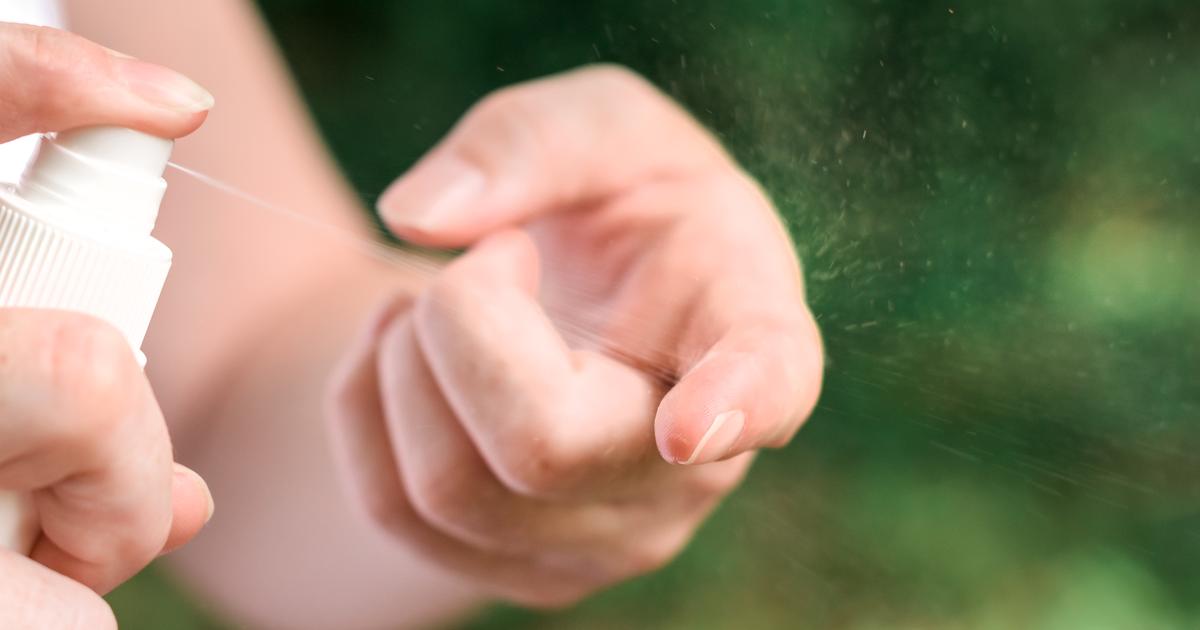
Hydrogen peroxide often acts as a mild topical antiseptic. It can be applied to the skin to prevent minor burns, scrapes, and cuts from becoming infected. Individuals should only use hydrogen peroxide on mild abrasions. They should never use it to disinfect deep wounds. In addition, they should not use hydrogen peroxide on severe burns or animal bites. If individuals apply hydrogen peroxide to their skin, it should only be in small areas. The usual recommended treatment is to apply the solution to the wound one to three times each day until it heals. However, doctors may provide a different recommendation for some patients. Should that be the case, patients should always follow their doctor's advice.
If patients put a bandage over the scrape or abrasion after treating it, they should let the area dry out naturally first. Patients need to contact their doctor if their wound does not improve within seven days, or the antiseptic appears to make their condition worse. Some common side effects of using hydrogen peroxide as a topical antiseptic include irritation, stinging, and redness around the application site. Serious side effects are rare.
Read more about the uses of hydrogen peroxide in health now.
Mouth Rinse To Kill Germs
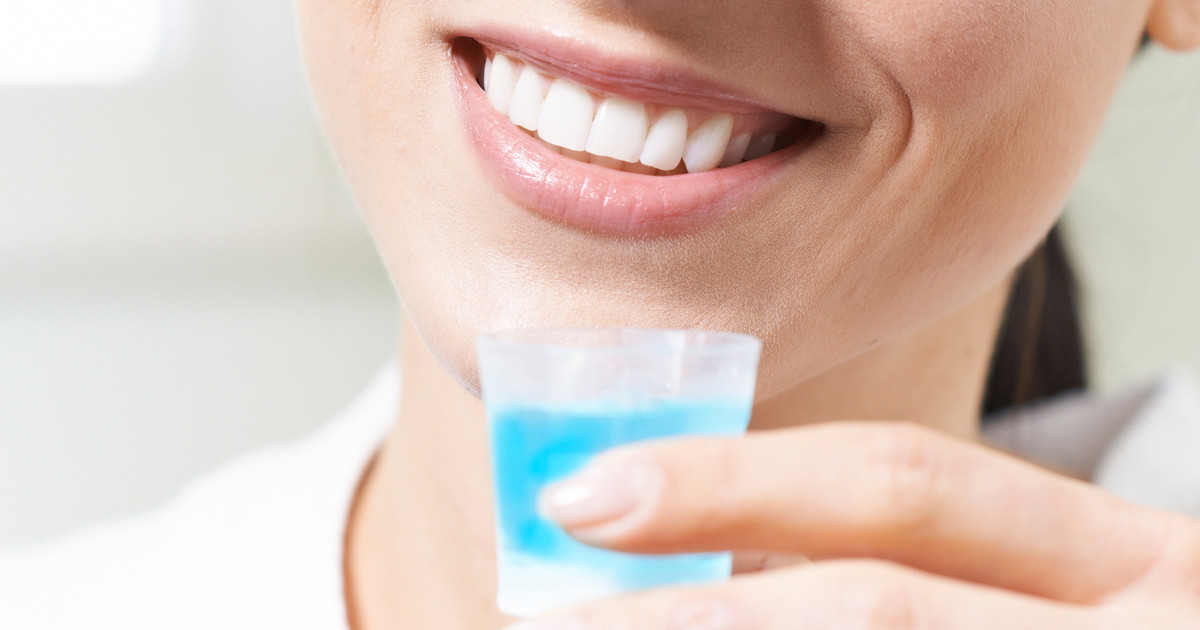
Hydrogen peroxide can also be used as an effective mouth rinse to kill germs. It helps remove mucus from an individual's mouth. This can help individuals deal with a condition like postnasal drip. Hydrogen peroxide can also effectively relieve minor irritation in the mouth, such as irritation caused by gingivitis or canker sores. When hydrogen peroxide comes into contact with an individual's mouth, it releases oxygen, which leads to foaming. The foam gathers up dead skin, bacteria, and other germs to help clean and disinfect the area.
If individuals use hydrogen peroxide to rinse their mouth, they should mix the solution with equal parts water beforehand. They should swish the solution around their mouth over the irritated area for a minimum of one minute before spitting it out. Individuals should not gargle or swallow hydrogen peroxide when they are using it in a mouth rinse solution. If they do swallow hydrogen peroxide, they should call Poison Control. Most individuals can rinse their mouth up to four times each day with a hydrogen peroxide solution. They may, however, follow specific instructions from their doctor or dentist.
Continue reading to uncover more healthy uses of hydrogen peroxide now.
Whiten Fingernails And Teeth
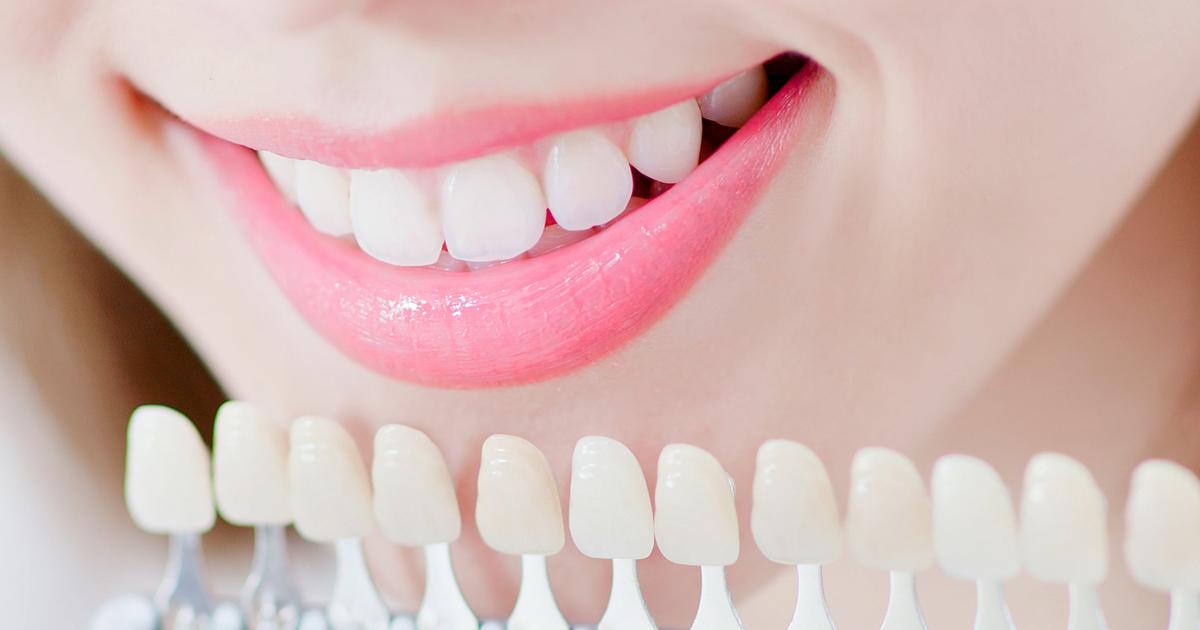
Hydrogen peroxide is a common hair bleaching method because it can lighten the color of an individual's hair. However, what some individuals may not realize is that it can also be used to whiten teeth. Fingernails can become discolored and stained due to underlying medical conditions or due to frequently using nail polish. To use hydrogen peroxide as a fingernail whitening solution, individuals will need to create a mixture of three percent household solution, baking soda, and whitening toothpaste. This can be applied to the nails with cotton swabs.
Individuals can either use hydrogen peroxide as a rinse or paste to whiten their teeth. In rinse form, individuals should mix the hydrogen peroxide solution with equal parts water, swish it around their mouth, and then spit it out. In paste form, individuals will mix a small amount of the chemical with several teaspoons of baking soda. They should add tiny amounts of peroxide to the mixture until a thick, non-gritty paste forms. They should apply the paste to their teeth with a toothbrush and rinse it off by swishing water around their mouth a few times and spitting it out.
Discover other healthy uses of hydrogen peroxide now.
Eliminate Mold And Mildew Around The Home
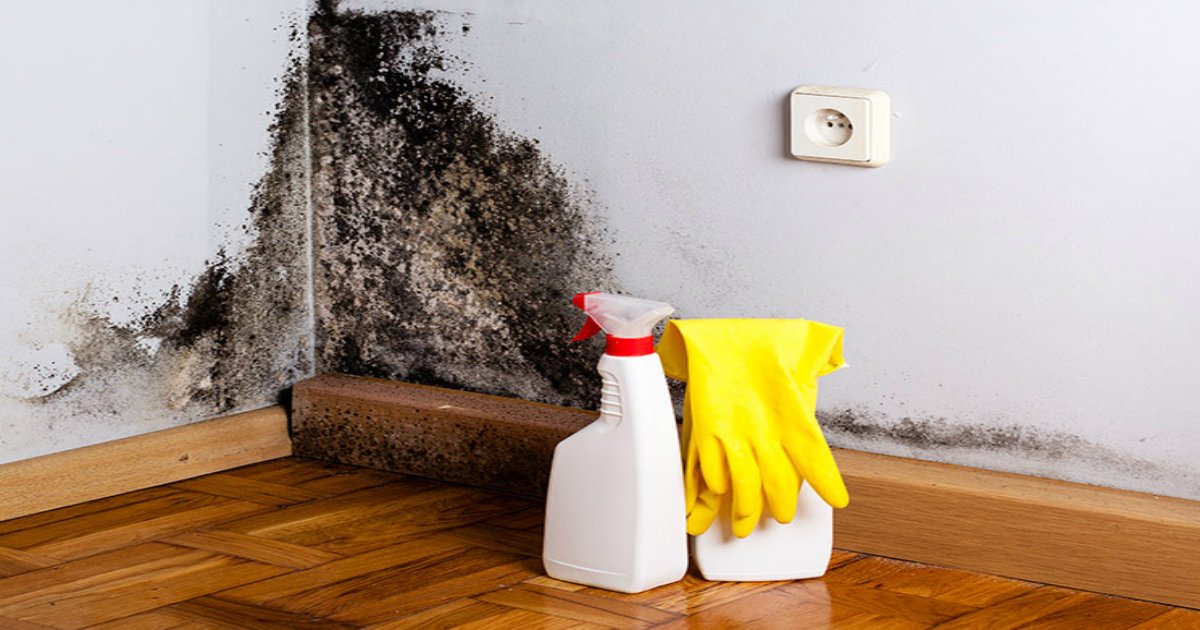
Hydrogen peroxide can be very effective if individuals want to eliminate mold and mildew around the home. The solution has antibacterial properties as well as antifungal properties. Individuals can treat areas affected by mold and mildew by using a spray bottle of hydrogen peroxide. They can spray the solution on a shower curtain, humidifier, dehumidifier, walls, floors, sink, toilet, and shower. If individuals hear a sound like fizzing, it means the solution is working to kill the bacteria and fungi there.
It is important to note mold and mildew often have sources deeper than the surface level. This means that one treatment with hydrogen peroxide may not be enough to eliminate them at the source. However, individuals can keep treating recurrences with hydrogen peroxide while deciding how to tackle the root of the problem. Mold and mildew can be dangerous substances to have in the home, including because they can have harmful effects on the lungs if individuals inhale them.
Keep reading for more information on the healthy ways to hydrogen peroxide now.
Keep Food Fresh

One thing that may surprise some individuals to learn is the fact that hydrogen peroxide can be used to keep food fresh. Indeed, individuals should not ingest hydrogen peroxide in large quantities. However, there are food-grade solutions that are meant for use in food preparation areas. The material will stay fresh for longer when individuals spray vegetables and green with a small amount of hydrogen peroxide. It will be several more days before the greens start to become soggy or wilted. If individuals are saving them for a tasty salad later, this is a great solution.
Fruits will also stay fresher for longer if they are spritzed in a food-grade hydrogen peroxide solution. However, individuals need to make sure they thoroughly rinse off any food treated with hydrogen peroxide. Three to five percent hydrogen peroxide solutions can be ingested in tiny quantities. However, larger concentrations can be extremely toxic.
Get more details on the various healthy uses for hydrogen peroxide now.
Soften Earwax
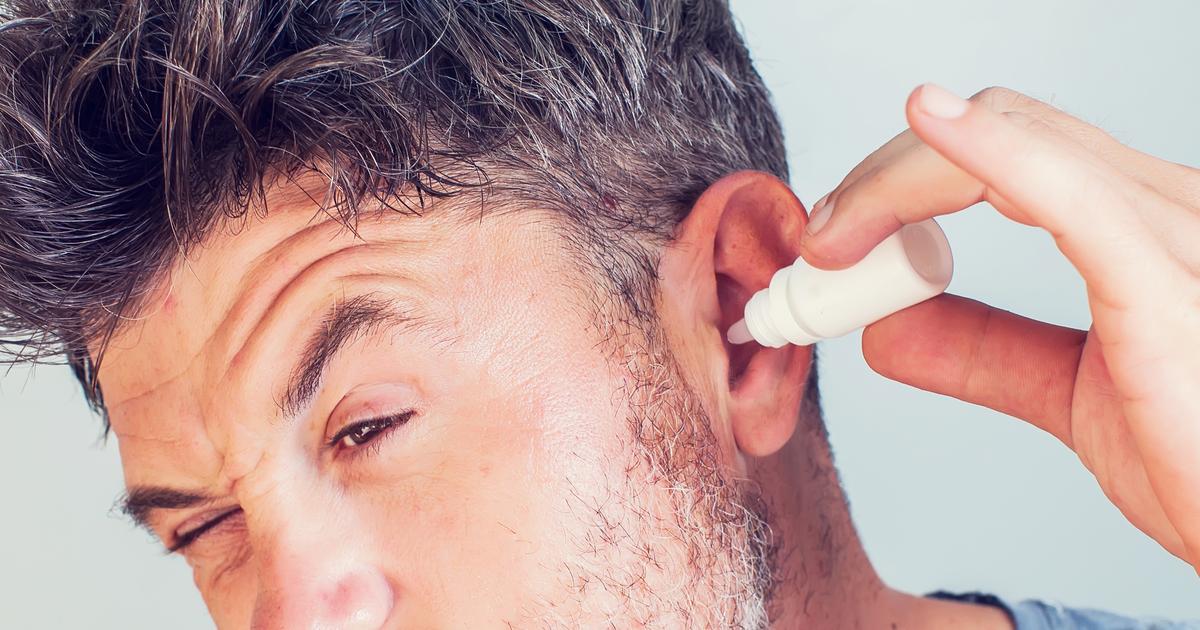
Some individuals can use hydrogen peroxide to soften earwax and remove the buildup from their ears. Of course, they must do so safely. The majority of doctors advise against using cotton swabs to remove earwax, including if they dipped it into hydrogen peroxide. The dangers of doing this are pushing the earwax further into the ear, rupturing the eardrum, infection, and hearing loss.
As mentioned, however, individuals can still use hydrogen peroxide. They can create their own diluted solution to squirt into their ear or buy special ear drops made with some hydrogen peroxide. Softening earwax is effective when patients are dealing with excessive earwax buildup. It is not necessary for most individuals, since earwax is healthy in normal amounts. In addition, ear canals are self-cleaning.
Uncover more details on the healthy uses for hydrogen peroxide now.
Treat Swollen Gums
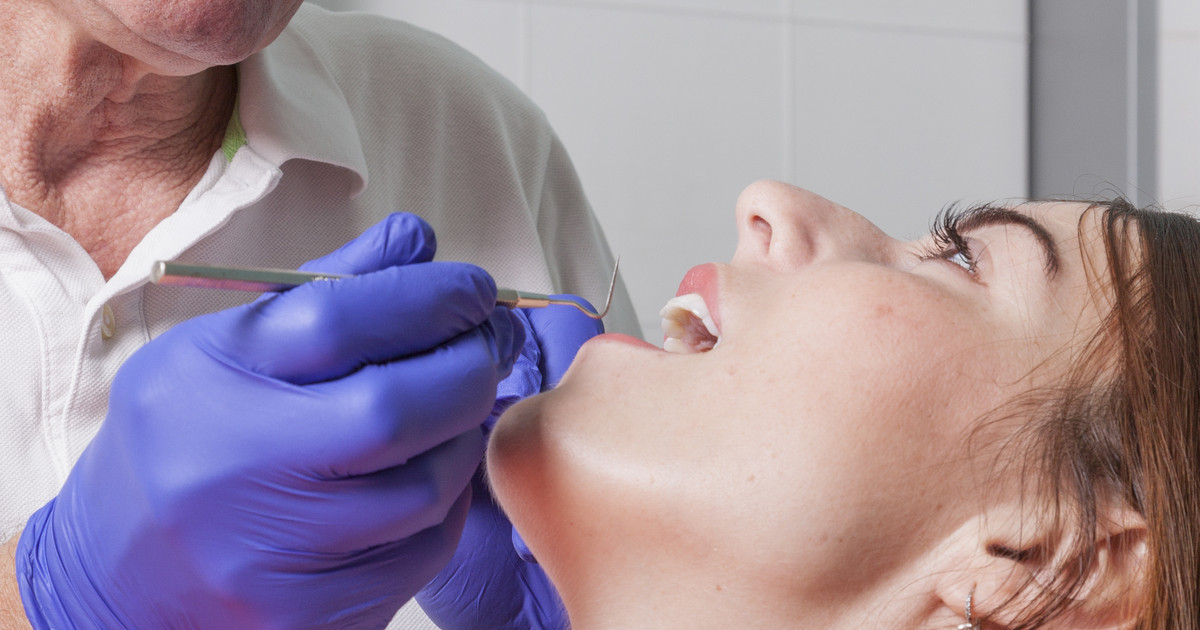
Sometimes, individuals will deal with swollen gums. This can happen for a few reasons, including failing to brush or floss sufficiently. Thankfully, there are ways to treat swollen gums. One of them, of course, is to use a solution made from hydrogen peroxide and water. Most of the time, doctors and dentists will recommend using three percent hydrogen peroxide. Individuals need to mix one part hydrogen peroxide with two parts water. Similar to commercial mouthwashes, individuals should swish this solution in their mouth for approximately thirty seconds before spitting it out. Individuals should never swallow hydrogen peroxide. They can repeat this twice daily. Patients need to call their doctor or dentist if their gums are still swollen or hurt after seven days of using this method.
Read about more healthy uses for hydrogen peroxide now.
Treat Canker Sores

Canker sores are painful lesions that are found on the inside of an individual's mouth. They can appear at the base of the gums or on the soft tissues within the mouth. In both cases, canker sores can make it quite difficult to eat. Some individuals dealing with canker sores also find it challenging to talk.
Thankfully, they are treatable. Individuals can use commercial mouthwashes made with hydrogen peroxide or make their own solution. If they choose to make it from home, they should use the same recipe as they would for swollen gums. As a reminder, this is to use a three percent hydrogen peroxide and mix one part of it with two parts water. They will want to swish it around their mouth for thirty seconds twice a day before spitting it out. Hydrogen peroxide mouthwash will help reduce the pain from canker sores and help them heal faster.
Discover more healthy uses for hydrogen peroxide now.
Sanitize Toothbrushes And Makeup Brushes
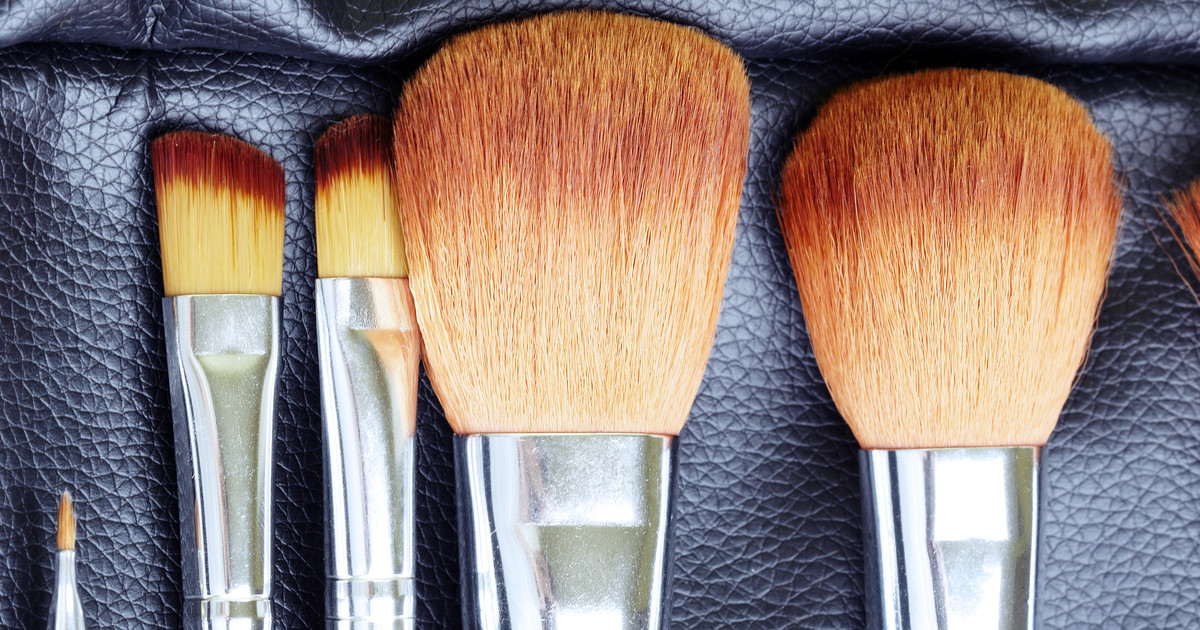
Unfortunately, bacteria can build on both toothbrushes and makeup brushes. This is especially the case for toothbrushes, since most individuals keep them out on their bathroom counter. Toothbrushes will get bacteria from around the bathroom, since bacteria can be in the air. Makeup brushes, on the other hand, tend to get bacteria from an individual's face. This is why individuals need to clean their makeup brushes regularly.
It is vital to sanitize toothbrushes and makeup brushes regularly as well. According to reports, individuals can reduce bacteria on their toothbrushes by up to eighty-five percent if they rinse them in a hydrogen peroxide solution. Individuals using hydrogen peroxide on their makeup brushes need to soak the brushes in it for approximately ten minutes. In both cases, individuals should use a three percent hydrogen peroxide solution. After soaking the brushes, individuals should rinse them well with water.
Learn more about the healthy uses for hydrogen peroxide now.
Relieve Toothache Pain
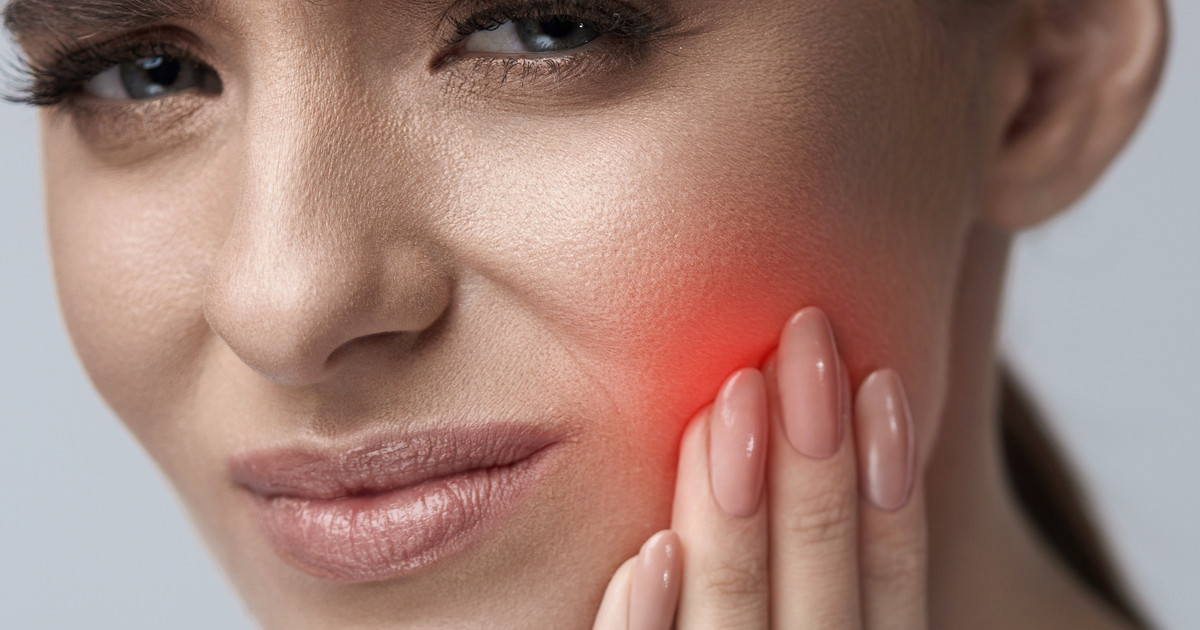
As mentioned earlier, individuals can use a hydrogen peroxide mouthwash to treat canker sores. One of the benefits of doing this is pain relief from the canker sores. The same applies to toothaches. Individuals can use a hydrogen peroxide mouthwash to relieve toothache pain. If the pain comes from an underlying cause like swollen gums or insufficient flossing, it can often treat the toothache itself.
In many cases, though, hydrogen peroxide only acts as a method of pain relief. For instance, hydrogen peroxide mouthwash will not replace an individual's need to have their wisdom teeth removed. However, it can make it easier on patients while they are waiting for their appointment to have their wisdom teeth removed. These mouthwashes are also helpful for toothache pain resulting from cracked teeth or gum disease. Once again, though, additional treatments are necessary for these conditions.